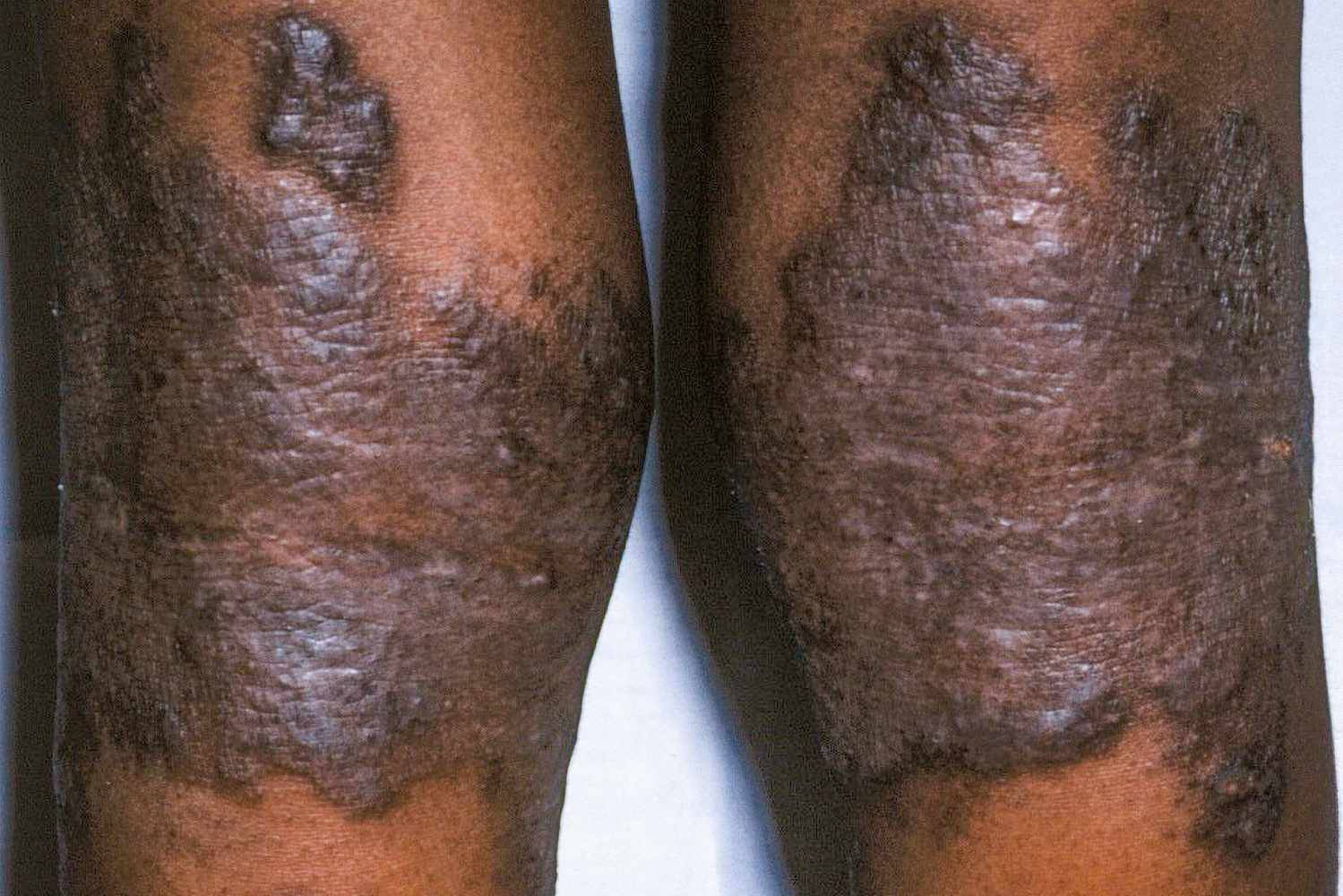Dermatitis: Causes, Symptoms, Types, and Treatment Options
Introduction to Dermatitis
Dermatitis is a common skin condition characterized by inflammation of the skin. It can manifest in various forms, ranging from mild redness and itching to severe blistering and cracking of the skin. Dermatitis can be caused by a variety of factors, including allergic reactions, irritants, genetics, and environmental triggers. While it is not usually life-threatening, dermatitis can significantly impact a person's quality of life and may require medical intervention for management.
In this comprehensive guide, we will delve into the various aspects of dermatitis, including its causes, symptoms, types, and treatment options.
Understanding the Causes of Dermatitis
Dermatitis can be triggered by a wide range of factors, including:
1. **Allergens**: Allergic contact dermatitis occurs when the skin comes into contact with substances that trigger an allergic reaction. Common allergens include nickel, latex, certain fragrances, and plants like poison ivy.
2. **Irritants**: Irritant contact dermatitis occurs when the skin is exposed to substances that cause irritation or damage. These can include chemicals such as detergents, soaps, solvents, and acids.
3. **Genetics**: Some individuals may have a genetic predisposition to certain types of dermatitis, such as atopic dermatitis (eczema). Family history plays a significant role in the development of atopic dermatitis.
4. **Environmental Factors**: Environmental factors such as cold weather, dry air, and excessive heat can exacerbate symptoms of dermatitis and trigger flare-ups.
5. **Microorganisms**: Certain microorganisms, including bacteria, fungi, and viruses, can contribute to the development of dermatitis. For example, seborrheic dermatitis is believed to be caused by an overgrowth of yeast on the skin.
6. **Stress**: Emotional stress and psychological factors can sometimes exacerbate symptoms of dermatitis or trigger flare-ups.
Understanding the Symptoms of Dermatitis
The symptoms of dermatitis can vary depending on the type and severity of the condition. However, common symptoms may include:
1. **Redness**: The affected area of skin may appear red or flushed.
2. **Itching**: Itching is a common symptom of dermatitis and can range from mild to severe.
3. **Swelling**: Inflammation of the skin may cause swelling or puffiness in the affected area.
4. **Dryness**: The skin may become dry, flaky, or scaly, especially in cases of chronic dermatitis.
5. **Blisters**: In some cases, dermatitis may cause the formation of blisters or vesicles filled with fluid.
6. **Cracking**: Severe cases of dermatitis may cause the skin to crack or fissure, leading to pain and discomfort.
7. **Oozing or Crusting**: In cases of acute dermatitis, the affected skin may ooze fluid or develop crusts or scabs.
Types of Dermatitis
There are several different types of dermatitis, each with its own unique characteristics and triggers. Some of the most common types include:
1. **Atopic Dermatitis (Eczema)**: Atopic dermatitis is a chronic inflammatory skin condition characterized by dry, itchy skin and often runs in families with a history of asthma or allergies.
2. **Contact Dermatitis**: Contact dermatitis can be caused by contact with allergens or irritants and may manifest as redness, itching, swelling, and blistering of the skin.
3. **Seborrheic Dermatitis**: Seborrheic dermatitis primarily affects areas of the skin with high oil production, such as the scalp, face, and chest. It is characterized by redness, scaling, and greasy patches of skin.
4. **Dyshidrotic Dermatitis**: Dyshidrotic dermatitis is a type of eczema that affects the hands and feet, causing small blisters to develop on the palms, fingers, soles, and toes.
5. **Nummular Dermatitis**: Nummular dermatitis is characterized by coin-shaped patches of irritated skin that may be dry, scaly, and itchy.
6. **Stasis Dermatitis**: Stasis dermatitis occurs when there is poor circulation in the legs, leading to swelling, redness, and itching of the skin.
Treatment Options for Dermatitis
Treatment for dermatitis depends on the type, severity, and underlying cause of the condition. Some common treatment options include:
1. **Topical Steroids**: Topical corticosteroids are often prescribed to reduce inflammation and itching associated with dermatitis. These medications are available in various strengths and formulations and should be used under the guidance of a healthcare professional.
2. **Moisturizers**: Keeping the skin moisturized is essential for managing dermatitis and preventing flare-ups. Emollients and moisturizing creams help to hydrate the skin and maintain its natural barrier function.
3. **Topical Calcineurin Inhibitors**: Topical calcineurin inhibitors, such as tacrolimus and pimecrolimus, are immunosuppressive medications that can help to reduce inflammation and itching associated with dermatitis.
4. **Antihistamines**: Oral antihistamines may be prescribed to relieve itching and discomfort associated with dermatitis, especially in cases of allergic contact dermatitis.
5. **Phototherapy**: Phototherapy involves exposing the skin to ultraviolet (UV) light under medical supervision. It can be an effective treatment for certain types of dermatitis, particularly atopic dermatitis and psoriasis.
6. **Avoidance of Triggers**: Identifying and avoiding triggers that exacerbate dermatitis symptoms is an important part of managing the condition. This may involve avoiding certain allergens, irritants, or environmental factors that worsen symptoms.
7. **Medicated Shampoos**: Medicated shampoos containing ingredients such as coal tar, ketoconazole, or selenium sulfide may be recommended for treating seborrheic dermatitis of the scalp.
8. **Immune Modulators**: In severe cases of dermatitis that do not respond to other treatments, systemic medications such as immunosuppressants or biologics may be prescribed to modulate the immune response and reduce inflammation.
Conclusion
Dermatitis is a common skin condition that can cause significant discomfort and distress for those affected. While it is not usually life-threatening, dermatitis can have a significant impact on a person's quality of life and may require ongoing management to control symptoms and prevent flare-ups. By understanding the causes, symptoms, types, and treatment options for dermatitis, individuals can work with healthcare professionals to develop an effective treatment plan tailored to their needs. With proper care and management, it is possible to minimize the impact of dermatitis and enjoy healthier, more comfortable skin.


